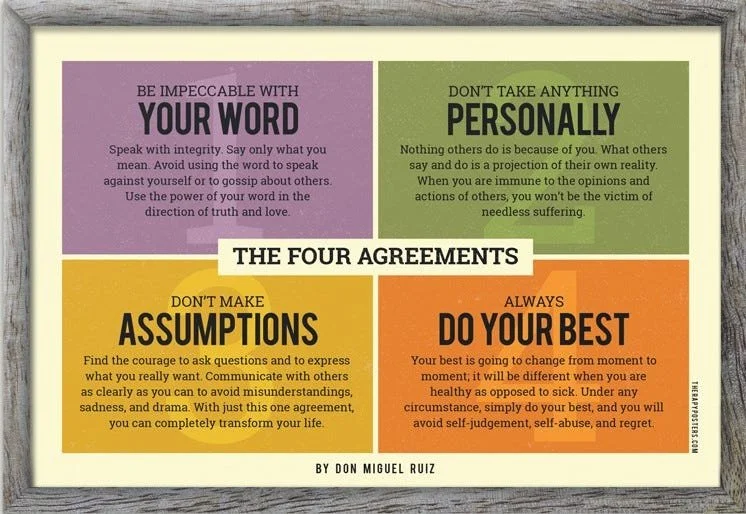By Jocelyne Daw and Richard JanzenEvery nonprofit or community-minded organization is looking to pass the torch to the next generation, finding someone to take up “The Cause” and continue the good work. This work is vitally important to building and maintaining communities, helping the disadvantaged, and connecting us with like-minded people.
Shifting the Funder's Partnership Paradigm
Donors increasingly play a critical role in funding cross-sector collaborations. In fact, many require “partnerships” for funding to be provided. They rightly belief partnerships can be innovative, far reaching, scalable and sustainable. But donors often struggle to appreciate the challenges and hard work involved in true partnerships. And while their intentions are genuine, practice suggests funder driven partnerships have often stifled rather than optimized multi-stakeholder collaborations.
Diversity in Partnerships Is Uncomfortable – And That’s Good!
In the coming years the community landscape will look dramatically different. Growing demands on resources and increasingly complexity of issues will require bridging traditional and untraditional boundaries to create powerful partnerships for social change. As a result, diversity will be inevitable. As different backgrounds, experiences and perspectives get blended, cognitive diversity will increase. Cognitive diversity is defined as the differences in our thought and problem-solving processes.
Social Purpose Marketing for Behaviour Change
Recent years have seen a huge increase in companies getting involved in social purpose marketing. Rather than solely throwing money at a cause, companies are taking a stand and educating the public about underlying social issues. Advocacy and educational campaigns add authenticity and a personal connection to community investment initiatives. Social purpose marketing isn’t just about doing good for the community, it has also been shown to have unique business benefits.
Purpose: Maximizing Millennial Engagement
Today there are more millennials in the workplace than another demographic group. This generation has grown up in a very different reality than those of the past and it is critical that businesses go beyond the usual approaches to engage them. How can they be engaged to maximize their potential?1. Purpose:Millennials, more so than any other generation rank having a sense of purpose in their workplace as important to them.
Encouraging Pro-Social Behaviour in the Workplace
Pro-social behaviours are actions that directly or indirectly benefit a person or society. Many companies have started to encourage pro-social behaviours as part of their community and people engagement programs. This means enabling employees to donate through the workplace, incentivizing people to bike to work, compost in the office or organizing company wide volunteer days, companies are definitely seeing a return on this investment.
Emerging Ways of Giving
As we get ready to celebrate Philanthropy Day, it is interesting to reflect on how giving has changed in recent years. In the past, the vast majority of donations were religious in nature and now, this number is much lower. People today like to connect with the charities they donate to and know the impact they are making on their chosen cause.
Growing the Purposeful Workforce
There are two types of employees in today’s workforce, those who come to work in order to get a paycheck, and those who believe their work can have a greater impact. Recently we have seen an increase in purpose driven employees as millennials enter the workforce and baby boomers look for a higher meaning in their day to day work.Millennials in particular are well-known for being more purpose driven than any other generation.
Engaging Employees: ‘Employee’ Centered Design
Encouraging engagement among employees is an age old problem that is not getting any easier. More and more companies are implementing employee engagement programs, but the majority difficulty with low participation rates. So what makes the difference between an engaging, exciting program and the lackluster ones that we see all too often?
Millennials And the Future of Community Activism
Because of the huge societal challenges we face, Millennials understand that we have to do more than just “fill the gaps” with donations. Millennials are driving a realignment of roles, responsibilities and resources across the sectors. They believe new approaches to address intractable community issues are needed. So what does this mean?




